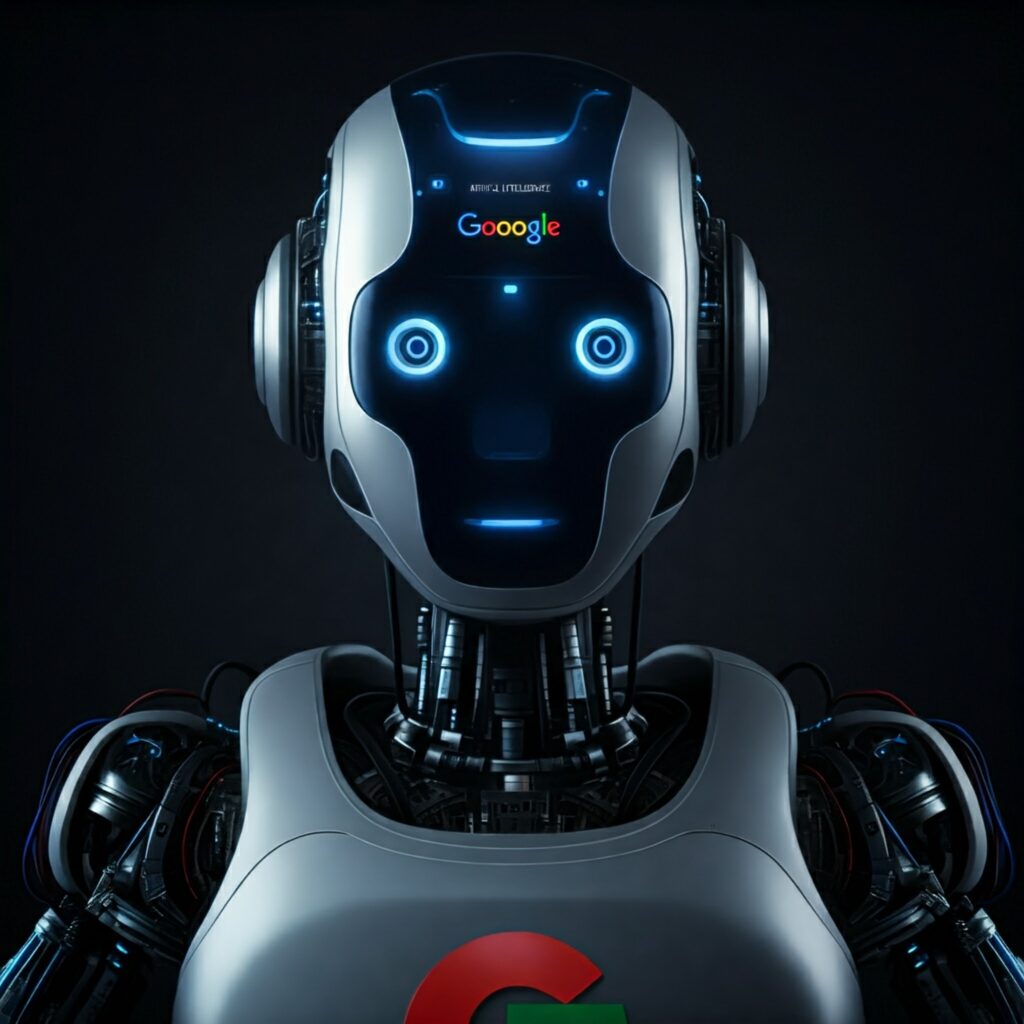
Transformers are a type of deep learning model that have revolutionized the field of natural language processing (NLP). Introduced by Google researchers in a 2017 paper titled “Attention is All You Need”, they have become the dominant architecture for many NLP tasks, including machine translation, text summarization, and question answering. Unlike previous models that relied on recurrent or convolutional neural networks, transformers are based solely on the attention mechanism, allowing them to process input sequences in parallel and capture long-range dependencies more effectively.
Keywords: transformers, deep learning, natural language processing, NLP, attention mechanism, machine translation, text summarization, question answering, encoder, decoder
The Attention Mechanism
At the heart of a transformer is the attention mechanism. This allows the model to focus on different parts of the input sequence when processing a particular element. Imagine you’re translating a sentence from English to French. When translating the word “bank”, the attention mechanism might focus on the surrounding words like “river” or “money” to determine the correct French translation (“rive” or “banque”).
Architecture of a Transformer
A transformer typically consists of two main components: an encoder and a decoder.
- Encoder: The encoder processes the input sequence (e.g., an English sentence) and generates a contextualized representation of each element. This is done through multiple layers of self-attention and feed-forward neural networks. Self-attention allows the model to relate different positions of a single sequence in order to compute a representation.
- Decoder: The decoder generates the output sequence (e.g., a French translation) based on the encoded representation of the input sequence. It also uses attention mechanisms to focus on relevant parts of the input while generating each element of the output.
Advantages of Transformers
Transformers offer several advantages over previous deep learning models:
- Parallelization: Transformers can process the entire input sequence in parallel, making them significantly faster to train than recurrent models.
- Long-Range Dependencies: The attention mechanism allows transformers to capture dependencies between distant elements in the input sequence, which is crucial for understanding the meaning of complex sentences.
- Flexibility: Transformers can be applied to a wide range of NLP tasks with minimal modifications.
Applications of Transformers
Since their introduction, transformers have been successfully applied to numerous NLP tasks, including:
- Machine Translation: Transformers have achieved state-of-the-art results in machine translation, surpassing previous models in terms of accuracy and fluency.
- Text Summarization: Transformers can generate concise and informative summaries of long documents.
- Question Answering: Transformers can accurately answer questions based on given context.
- Sentiment Analysis: Transformers can analyze the sentiment expressed in a piece of text.
- Code Generation: Transformers can even be used to generate code in various programming languages.
Beyond NLP
While transformers were initially developed for NLP, their applicability extends beyond language. Researchers are exploring their use in other domains, such as:
- Image Recognition: Transformers are being used to analyze and understand images.
- Speech Processing: Transformers are being applied to speech recognition and synthesis tasks.
- Drug Discovery: Transformers are being used to analyze molecular structures and predict drug-target interactions.
Conclusion
Transformers have significantly impacted the field of NLP and are rapidly being adopted in other areas of machine learning. Their ability to process sequences in parallel, capture long-range dependencies, and adapt to various tasks makes them a powerful tool for solving complex problems. As research continues, we can expect transformers to play an even greater role in shaping the future of artificial intelligence.

